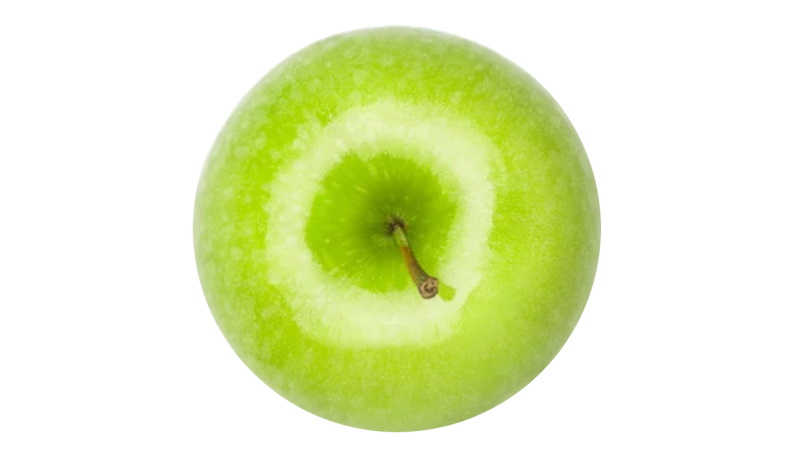Florida Citrus Promising Profit Share
In spite of challenges, such as hurricanes and diseases like citrus canker and greening during the past few years, the citrus industry remains a major component of Florida’s economy.
In the 2007-2008 season, citrus fruit production in Florida totaled 203.8 million boxes, with 90% or 184 million boxes utilized for processing and 20 million boxes for the fresh market, which was valued at $1.76 billion delivered to packinghouses or processing plants. Frozen and canned citrus juices were valued at nearly $3.45 billion, and citrus processing byproducts such as pulp/meal, molasses, and essential oils were estimated at $136 million. The marketing margin (markup) for fresh citrus packinghouse operations was $185 million.
The total output or revenue impact of the Florida citrus industry in 2007-2008 was estimated at $8.91 billion, including $3.57 billion for fruit produced for juice processing, $601 million for fresh market fruit, $4.32 billion from citrus juice and byproducts, and $415 million from fresh citrus marketing (packing) margins. These impacts represent not only the direct effects of economic activity in the citrus industry, but also the indirect multiplier effects of supply chain activities by allied businesses, and local spending by employee households.
Labor Force
The industry had a total employment impact of 75,827 jobs, including 27,425 jobs directly in the industry, both full-time and part-time/seasonal positions, plus 16,967 indirect jobs in allied industries, and 31,436 jobs created by employee spending. Total value-added impacts of $4.62 billion included $1.72 billion in the citrus industry and $2.9 billion in the other sectors. Value added is a broad measure of personal and business net income, and is equivalent to industry output less industry purchases. Labor-income impacts amounted to about $2.77 billion, which represented all wages and salary earnings by industry employees and proprietor’s income to business owners. Other property income impacts of $1.45 billion represented rents, interest, dividends, royalties, etc. Indirect business tax impacts of $310 million represented most forms of local and state taxes, such as property taxes, sales taxes, water management district levies, intangible taxes, motor fuel and vehicle taxes, excise taxes, etc., but not federal income taxes.
Direct Effects
The largest output impacts of the Florida citrus industry occurred in the agriculture and manufacturing sectors, $2.06 and $2.48 billion, respectively, where the direct impacts occurred for fruit farms and citrus processing. However, significant impacts also occurred in other sectors such as wholesale trade ($548 million), real estate and rentals ($534 million), government ($428 million), construction ($409 million), finance and insurance ($363 million), health and social services ($347 million), professional, scientific, and technical services ($318 million), and retail trade ($312 million). Employment impacts for agriculture (30,568 jobs) were much greater than for manufacturing (7,607 jobs) due to the labor-intensive nature of agriculture, particularly for citrus fruit harvesting. Important employment impacts also occurred in government (5,285 jobs), retail trade (4,682 jobs), and health and social services (4,143 jobs). The impacts in other industries indicate the significant linkages of the citrus industry throughout the Florida economy.
Money Matters
In comparison to studies of the Florida citrus industry conducted for prior years, the output impact in the 2007-2008 season in nominal dollar terms was only 2.5% less than the 1999-2000 season and 4.1% less than the 2003-2004 season; however, in inflation-adjusted terms, the output impact in 2007-2008 was about 22% less than 1999-2000 and 16% less than in 2003-2004.
The economic contributions of the citrus industry to the state economy were evaluated with data on value of citrus fruit production, citrus processing, and byproducts production published by USDA-National Agriculture Statistics Service, Florida Department of Agriculture, the Florida Department of Citrus, and citrus industry associations, together with a regional economic model developed with the Impact Analysis for Planning input-output modeling software and associated databases.
The regional model included information on the makeup of the Florida economy, such as commodity production and demand, employment, income, trade, government taxes spending, and capital investment.
The citrus industry sectors pertinent to the analysis were fruit farming, food processing for canned and frozen citrus juices, and wholesale trade for packed fresh market citrus fruit. The fruit production sector of the model was customized to reflect recommended best cultural practices for control of citrus canker and greening.









